The best sleeping position with sciatica, a herniated disc or lower back pain is not easy to figure out.
For me, sleeping with sciatica, herniated disc & back pain has been nearly impossible for 8 years.
For the first 4 years, I couldn’t sleep at all.
Well, I did sleep, a couple of hours used to wake up, then sleep another hour: it was just impossible, even with painkillers, to keep the same position for more than an hour.
Sleep on any side was too painful, sleep on my back? Impossible
Sleep on the stomach? Way too painful!
We’ve all read of millions of things we should do to ease the pain when lying in bed:
How to get in bed with back pain, how to get out of bed with back pain, sleeping with a pillow between the legs, or sleeping with a pillow right under your knees if you sleep on your back.
Get the right pillow, get one of those expensive memory foam mattresses, sleep on a hard mattress, get an adjustable bed, don’t sleep on your stomach, sleep on a plank, sleep on the floor, buy a waterbed…
The truth is: there is no better sleeping position with sciatica and herniated disc that works for everyone.
In this post, I’ll share my favorite sleeping positions , in the hope that it will benefits as meany readers as possible and help you sleep.
Prerequesites for sleeping well with sciatica and herniated or bulging disc
Me, I sleep on a high quality latex mattress and I use a large latex pillow. You can sleep on another type of mattress, but it must be fairly firm in order to provide sufficient support.
PS: It’s not me on the picture, it’s Walt: maybe you’ve seen him in other articles or videos on this blog. Walt is affected with degenerative disc disease, double herniated disc and of course chronic back pain.
Walt’s favorite sleeping position for sciatica and herniated disc
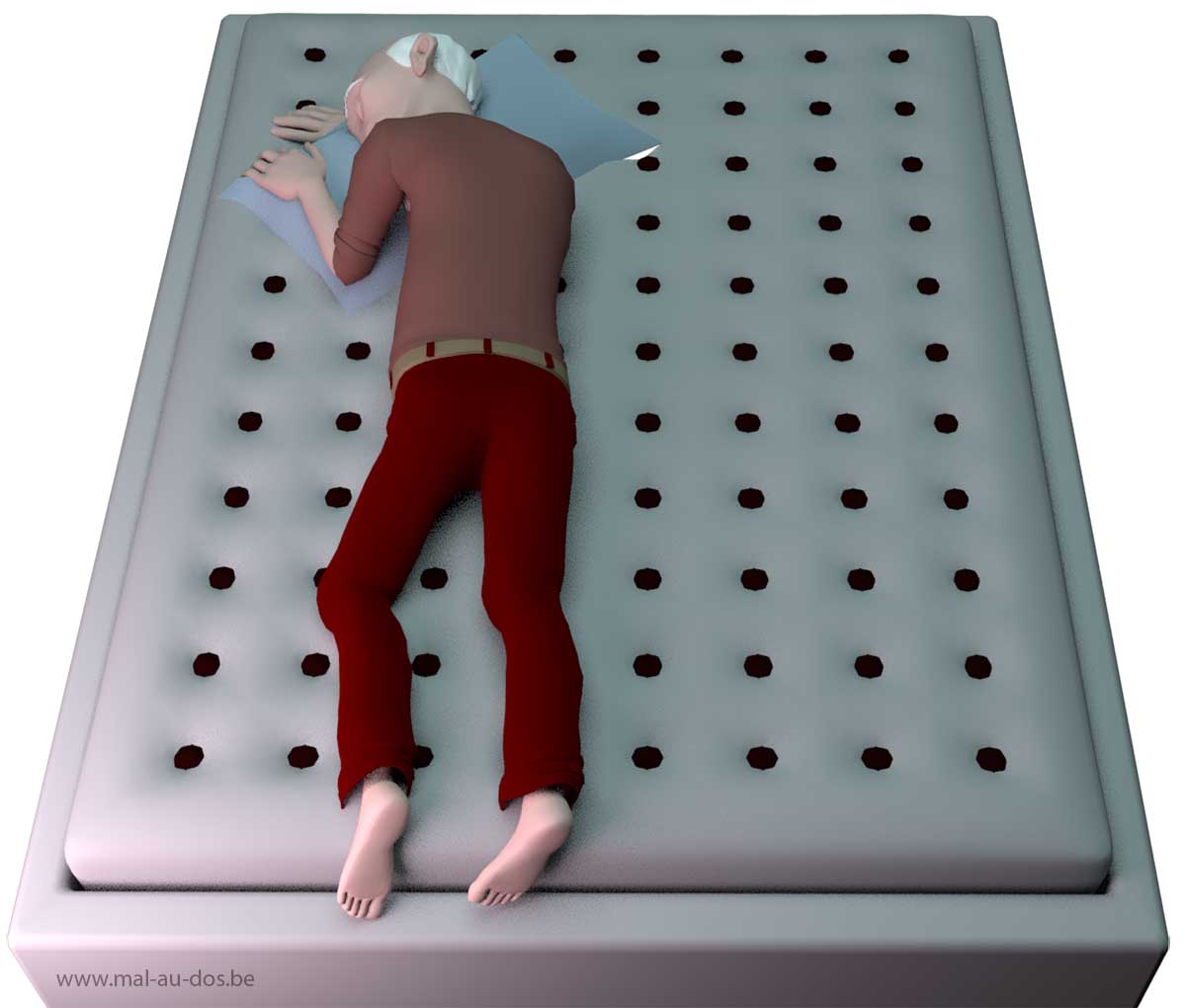
As you can see form the picture above, for Walt, the best sleeping position with an herniated disc is: ALMOST on the stomach
When I first started having back problems, everybody would say it’s not good to sleep on your stomach: turns out, there’s a couple of things that will help and maybe make sleeping on your stomach the best option for you.
So, let’s break this down.
Sleeping position for sciatica and herniated disc: a big latex pillow will help
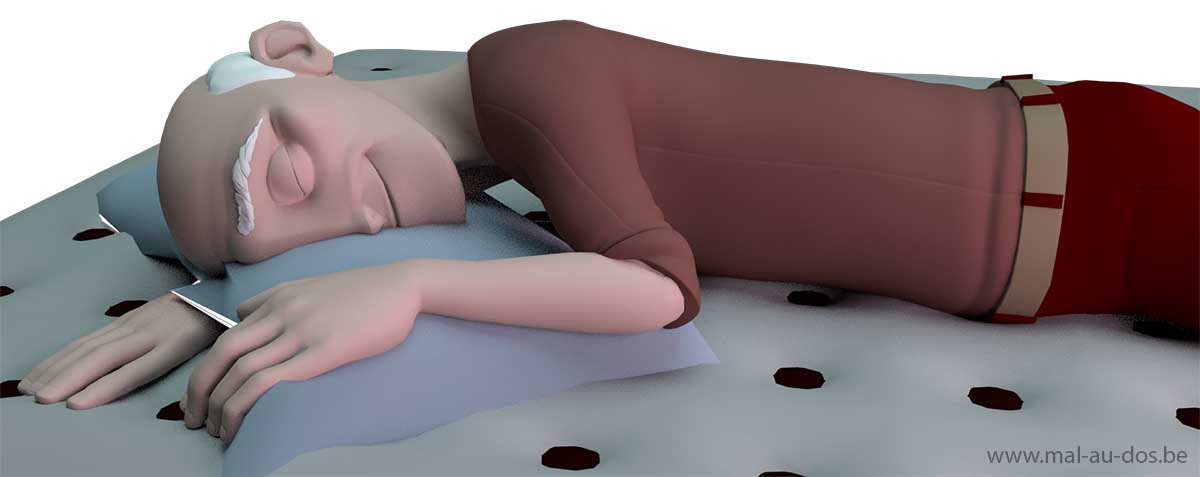
The thing with Latex is that Latex is resilient. This means that if you apply pressure to a Latex pillow or Latex mattress, Latex will apply the same force in the opposite direction and that is what helps avoid completely rolling on your stomach while you’re asleep.
In this position, Walt is basically hugging the pillow with his right arm below it and his left hand above.
This sleeping position results in a transfer of weight from the lower back to the head. This increase in weight is easily absorbed by the pillow and causes a decrease in pressure in the lower back, which helps you sleep better and for longer.
Walt’s feet are not on the mattress!
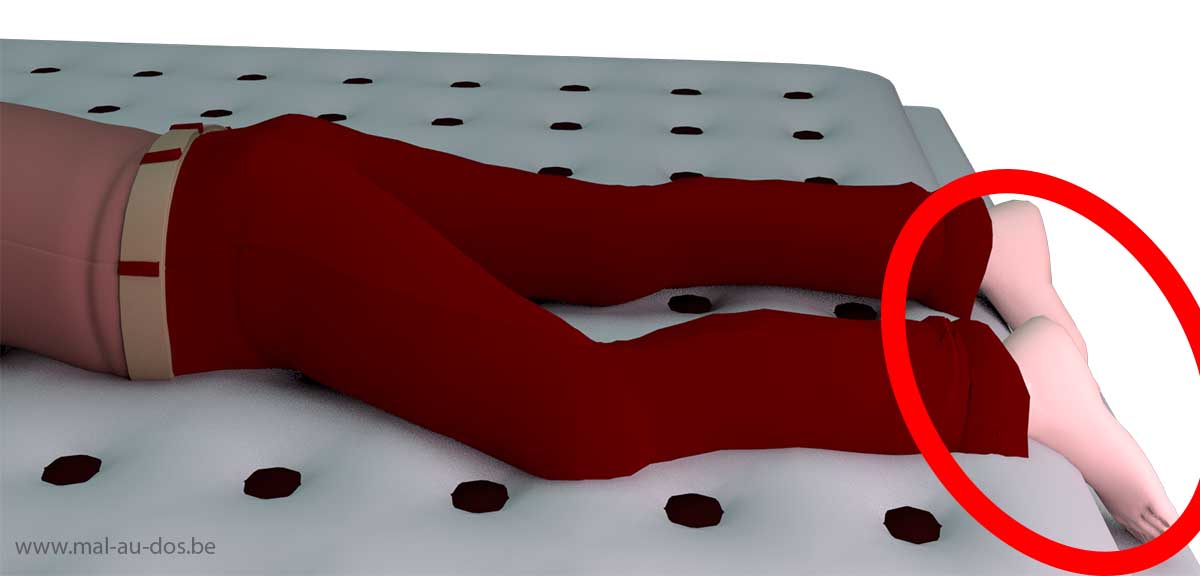
Now look carefully: Walt’s feet are like “hanging” out of the mattress. I have no proof, but I believe this is what makes the difference.
I tried this after spending some time on a massage table you know, with your feet hanging out of the table?
It’s much more confortable because with the feet like this, Walt feels more pressure on his knees and that’s ok, because his knees are fine and the mattress makes it ok.
More pressure on the knees means…less pressure on the back.
Less pressure on the back means back pain relief and better sleep.
It’s just mechanics.
Make this sleeping position yours!
If you feel this sleeping position is helping for sciatica pain or herbiated disc pain, but things could get better, or if your mattress is too soft but you don’t want to change it, don’t hesitate & try out some variations

You could try adding one more pillow for knee support or stomach support if you have to.
It’s not an exact science: the point is that you find the exact best position to sleep if you suffer from back pain, sciatica, herniated disc or DDD.
Sleep with sciatica & herniated disc on an adjustable bed frame
If you are lucky enough to have an adjustable bed frame, try raising the bed frame on the side of the feet.
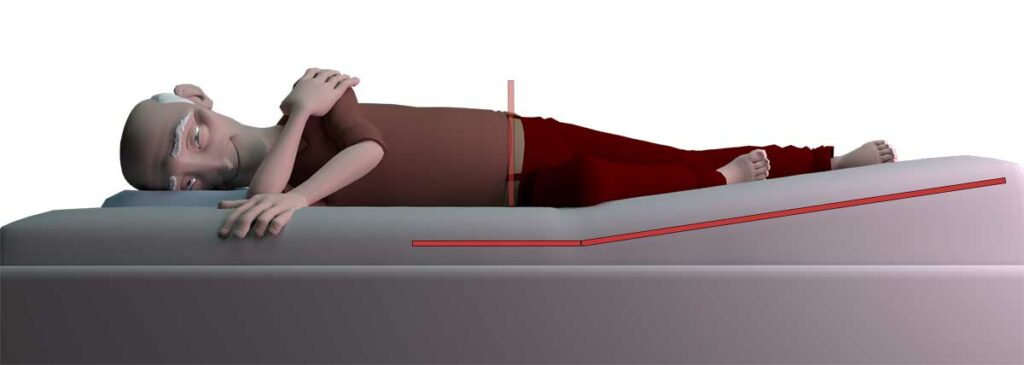
The angle on the picture is suitable for Walter, play with the adjustment of the frame to find the angle that suits you.
Details
- Make sure to keep your lower back on the horizontal part of the mattress.
- By bending the right leg, Walter benefits from a pressure transfer from the lower back to the right thigh: this significantly helps relieve pain from sciatica and herniated disc.
- The same goes for the right arm: it is bent so that the upper part of the arm handles much of the weight from the upper back.
- If you don’t have an adjustable bed frame, you can try to achieve a similar effect with blankets or pillow.
Side sleeping with pillow between your legs
I don’t recommend sleeping in a bent-over position if you suffer from sciatica and herniated discs.
Even with a pillow between your knees, lying with your legs bent will increase the pressure on your lower back.
Sleep on your side with knees bent reduces the contact surface with the mattress: the support points available to the body are all concentrated in a small area.
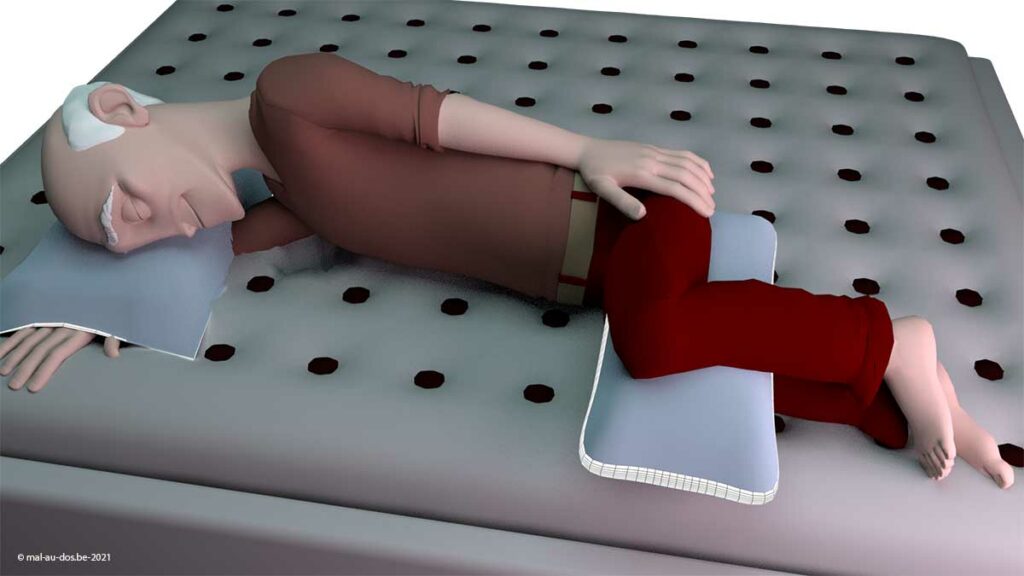
When you sleep in this position, the sciatic nerve which runs from your lower back to the tip of your foot remains constrained when all it wants is to relax.
It’s best to sleep with your legs straight (at least one of them).
Note also that Walter keeps his left arm at his side, rather than using it to lean on the mattress and transfer some of his body weight.
Best sleeping position for sciatica, herniated disc & lower back pain: bottom line
14 years ago, I was diagnosed with herniated discs and degenerative discs disease: trust me, I know what severe back pain means.
If you can’t sleep at night because of the constant pain in your back, try this setup.
You don’t need to buy expensive stuff: maybe you can achieve the same results with your regular mattress and some cheap garden beds mattresses to test it out.
Also, don’t test it for the whole night the first time: just try lying in bed an hour or two, and feel if it makes a difference before you spend the entire night.
Finally: remember you will be modifying the so-called natural curve of the spine, so make sure you have the right pillow(s). Do not create a second problem (watch for your neck) while trying to fix the first one.
If it doesn’t work, it’s just too bad: do not insist, do not try to fight the pain.
But if it does work, come back to this page, share it, and let us know..
What’s the best position to sleep for back pain
In this video, Posturedoc gives a couple of tips for the best sleeping positions and shows us how to use pillows to keep a good posture in bed, and also how to get out of bed safely.
Sleep with sciatica and herniated disc: try using a full body pillow.
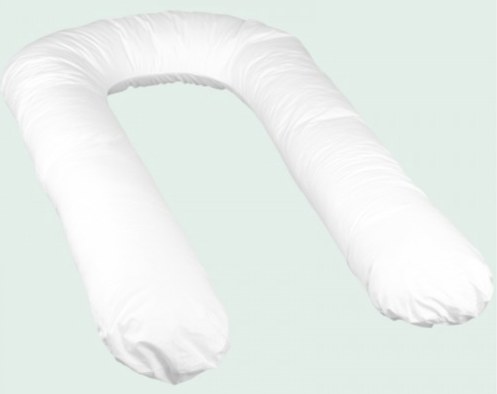
The best way to sleep with a l5-s1 herniated disc or l4-l5 herniated disc and sciatica can be achieved by using a full body pillow (also called U-shaped pillow or pregnancy pillow), like the ones used by pregnant women when staying in bed.
Especially if you sleep on a bad mattress.
I put part of the body pillow under my upper back/armpit/rib cage: this gives me excellent support to the shoulder, and somehow, it takes away some of the pressure in the lower back, and that is what I need to do for sleeping with a herniated disc.
If you’re going to buy a full body pillow, I recommend you get good quality: if it gets flat after a few weeks, it’ll be useless, and you’ll stop using it.
If you don’t want to buy a body cushion, you can still try to figure something out with a couple of regular pillows and use them as a very effective support for your shoulder / upper back.
Does sleeping on the floor help if you have a herniated disc?
Sleeping on the floor with a herniated disc is a bad idea.
The truth is: when you have back pain due to a severe back condition, like a herniated disc, for example, the solution would be not to be lying anywhere; neither on the floor nor in your bed for that matter.
Try to picture that spot in your lower back that hurts all day & all night: well, when you’re lying down, what you do is apply more pressure on that spot than when you’re standing up: and the more the weight, the more pain you have.
Sleeping on the floor will make you apply even more pressure on that spot in your lower back: it will be like squeezing it, and there is no way that this is going to make you feel better.
Besides, when you have back pain, lying on your back will only make it worse (trust me I know), and you can’t sleep on your side when you’re sleeping on the floor because your shoulder (the one on the floor side) will kill you.
Sleep with sciatica and herniated disc: is sleeping on a wood board an option?

There are some benefits to sleeping on a hard surface and it doesn’t have to be uncomfortable.
I do that sometimes. I use a thin wood board that I put under my rib cage / upper back area and it kind of works. You may want to try this if you suffer from degenerative disc disease.
But it has to be a flexible & very thin wooden board and the right thing with MDF wood is that it offers support, but it doesn’t hurt.
Every other wood type I’ve tried is like sleeping on the floor: just impossible.
I like the feeling of a hard surface under my shoulders & shoulder blades when I’m in bed.
By the way, this tiny wooden board is also a life saver to avoid back pain when driving.
Problems falling asleep
For many people with a bad back condition such as herniated disc or degenerative disc disease, early morning is the worst moment of the day.
Instead of feeling rested from good night sleep, they feel fatigued after another sleepless night.
Serious back pain makes it so hard to sleep, to fall asleep and to stay asleep.
Lying in bed with back pain is a very bad idea, but how else are you going to sleep?
Some people manage to sleep in a chair, but I don’t think sitting in a chair for hours is a good idea for people with herniated discs either.
During the day, many people with back pain use to keep themselves busy and avoid just sitting or lying on their back and do nothing else than feel the pain.
Interacting with other people, watching tv, focusing on something (whatever it is: art, work, music,…) is one way to manage chronic back pain but when the night comes, lying in bed…What can you focus on to reduce the pain level and fall asleep?
And there you go: can’t fall asleep. And the more it’s hard to fall asleep because of the pain, the more you’ll feel that pain.
If you’ve got a busy day the next day, you will need to feel rested and look fresh: how is that going to happen if you can’t sleep?
Back pain not only prevents you from falling asleep but it ads a new layer of stress that will make the pain worse and falling asleep still more of a problem.
Problems sleeping through the night
This is another issue that needs to be solved for a better life with chronic back pain.
Because the sleep level varies throughout the night, a person with a bad back can wake up from the pain when the sleep level is lower and have a hard time falling asleep again.
So what can you do besides the obvious that are known as factors that promote sleeping disorders (don’t drink too much coffee, don’t drink alcohol, don’t smoke, avoid stressing or physical activities before going to bed,…) ?
I have a TV in my bedroom and I listen to my favorites tv shows and series every night.
At this point, I know them by heart and I don’t need the image to enjoy the show: the sound is enough.
Most of the time, I fall asleep during the first show despite the pain and that makes my life so much easier.
And to put more chances on my side to sleep all night, I take a muscle relaxant one hour before going to sleep.
The fatigue from the past days does the rest and unless the pain in my neck or lower back when lying in bed is too sharp, I’m able to get a good night’s sleep most of the time.
Hope this helps you sleep better with sciatica and herniated disc.
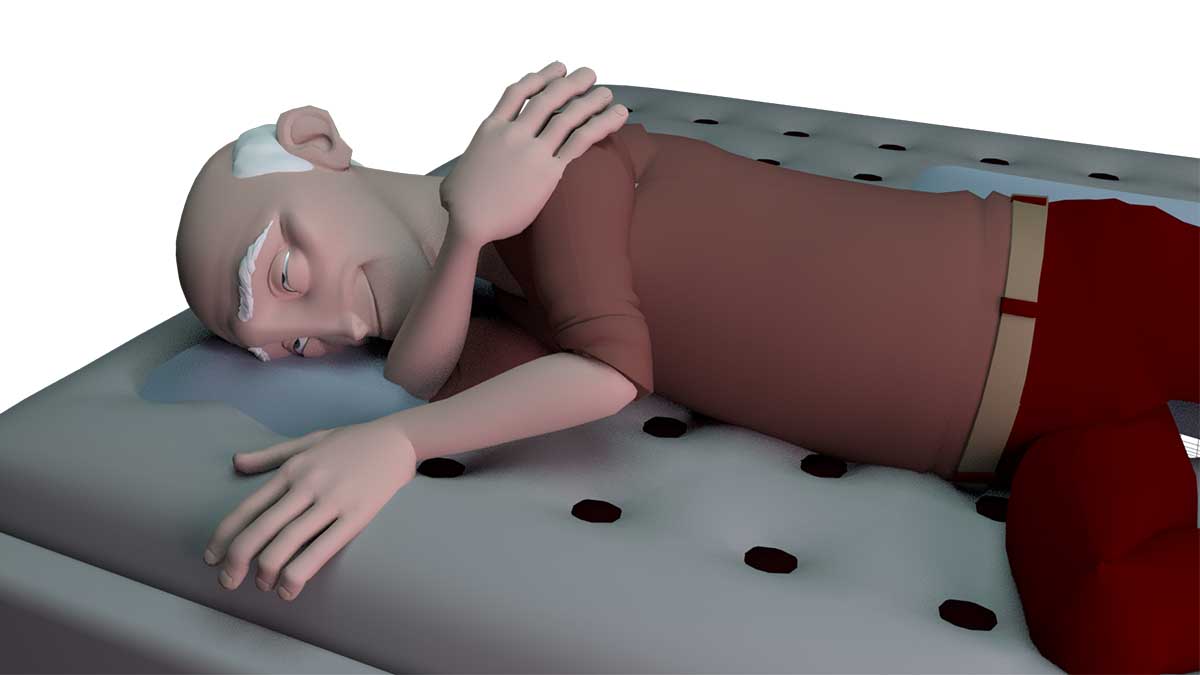
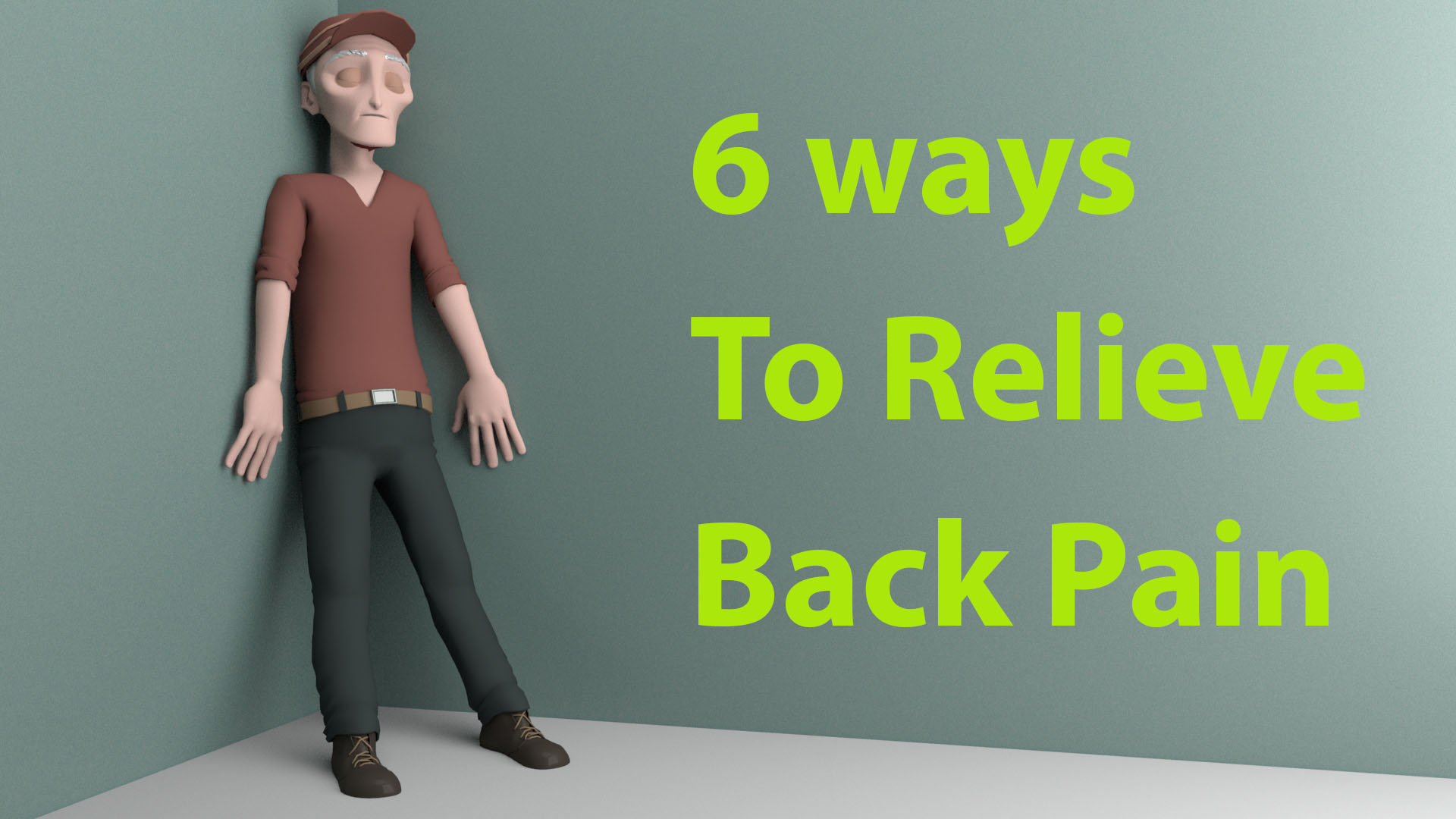
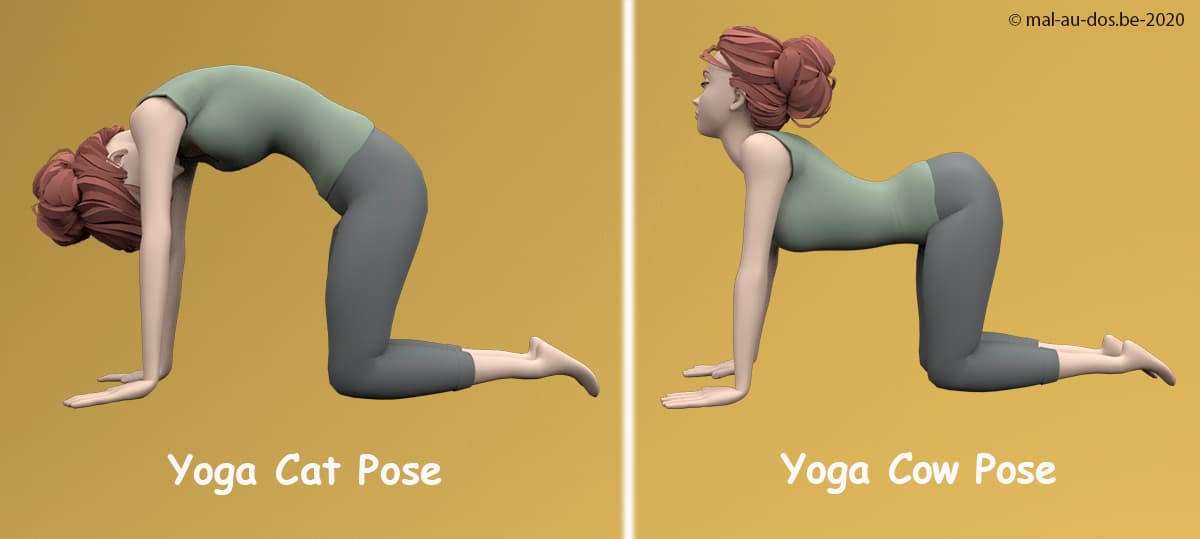
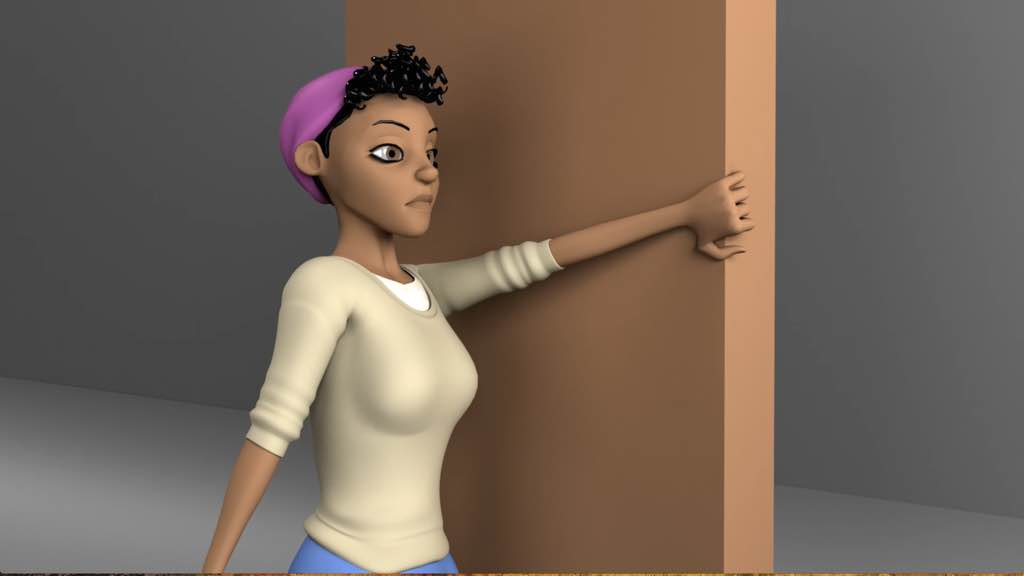
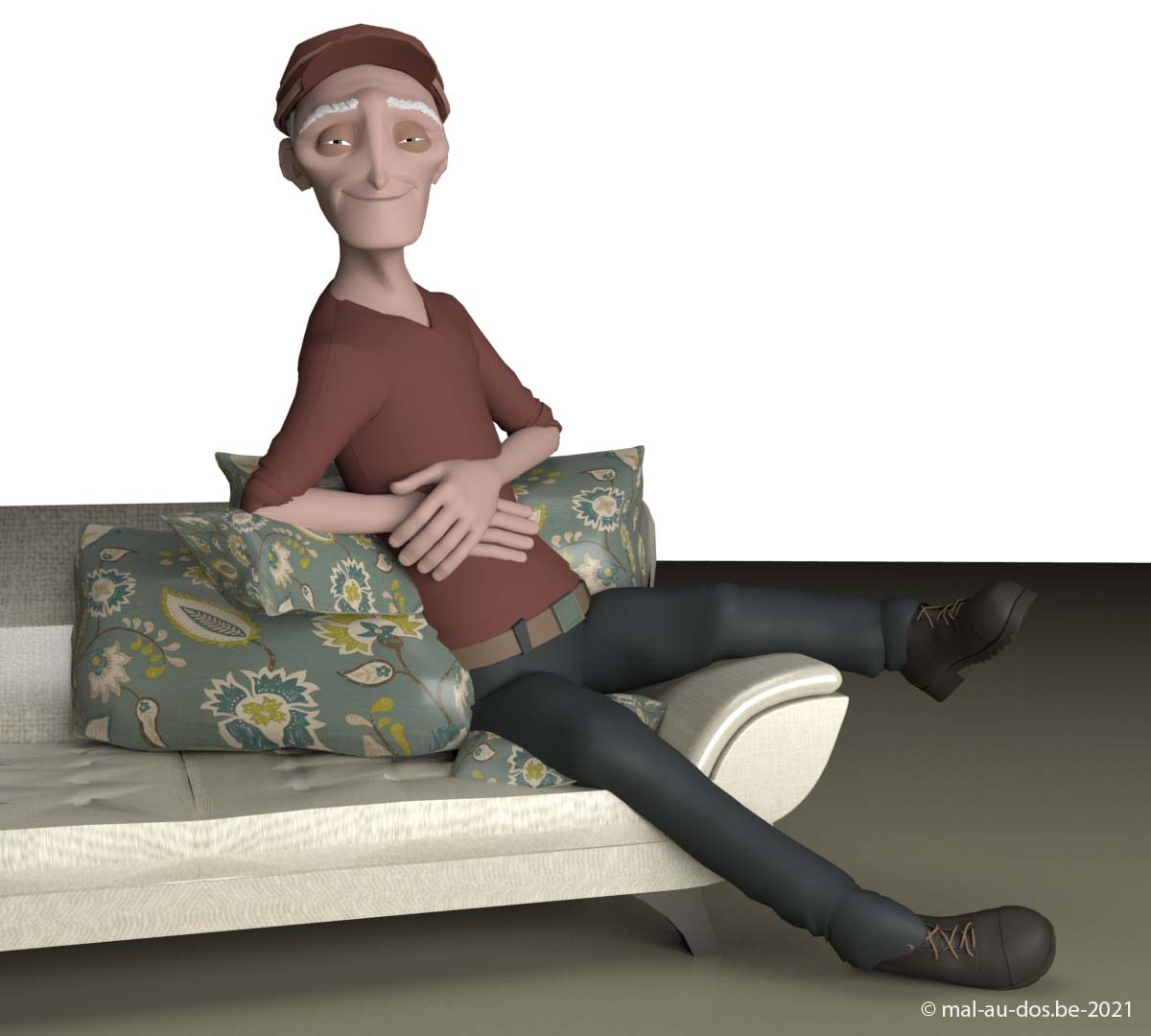
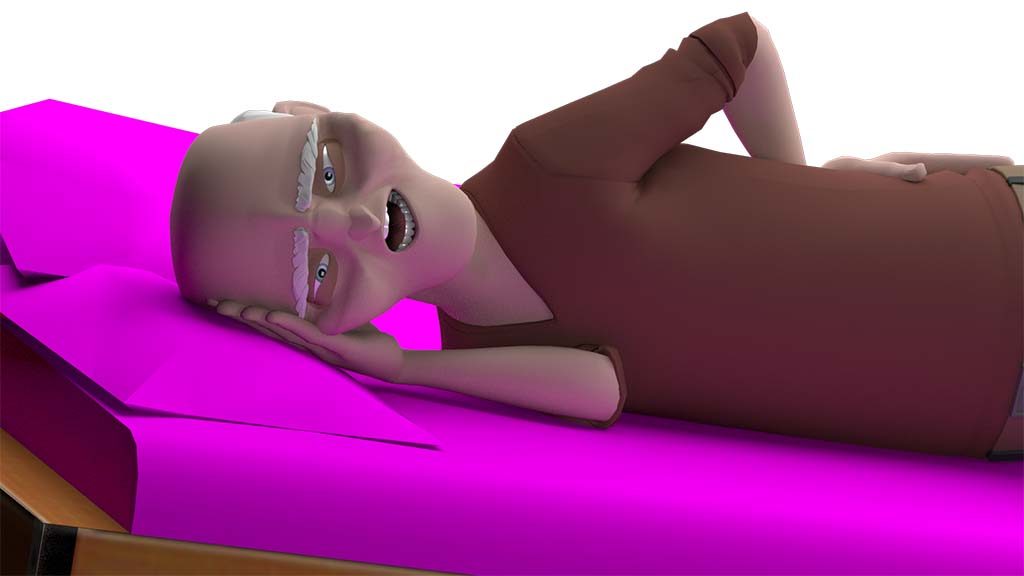
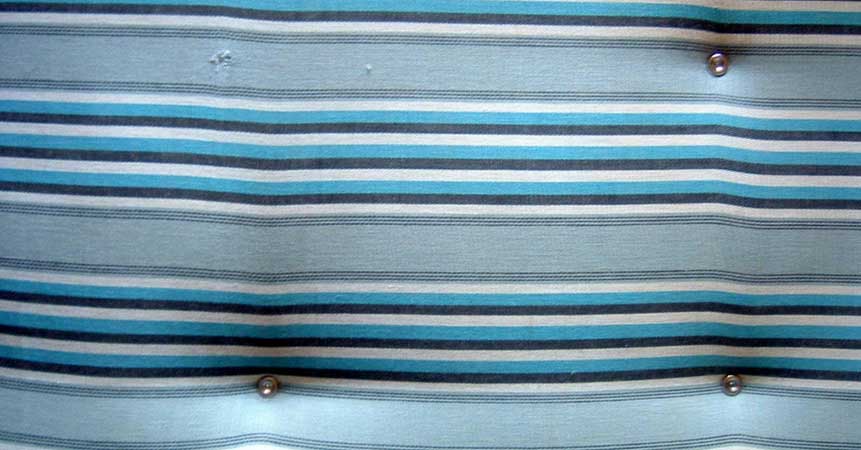
Comments are closed.